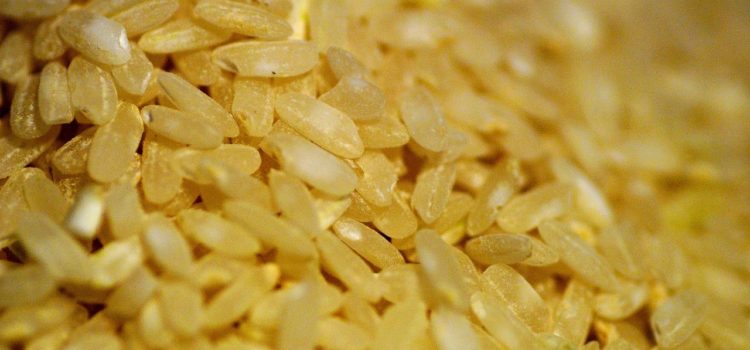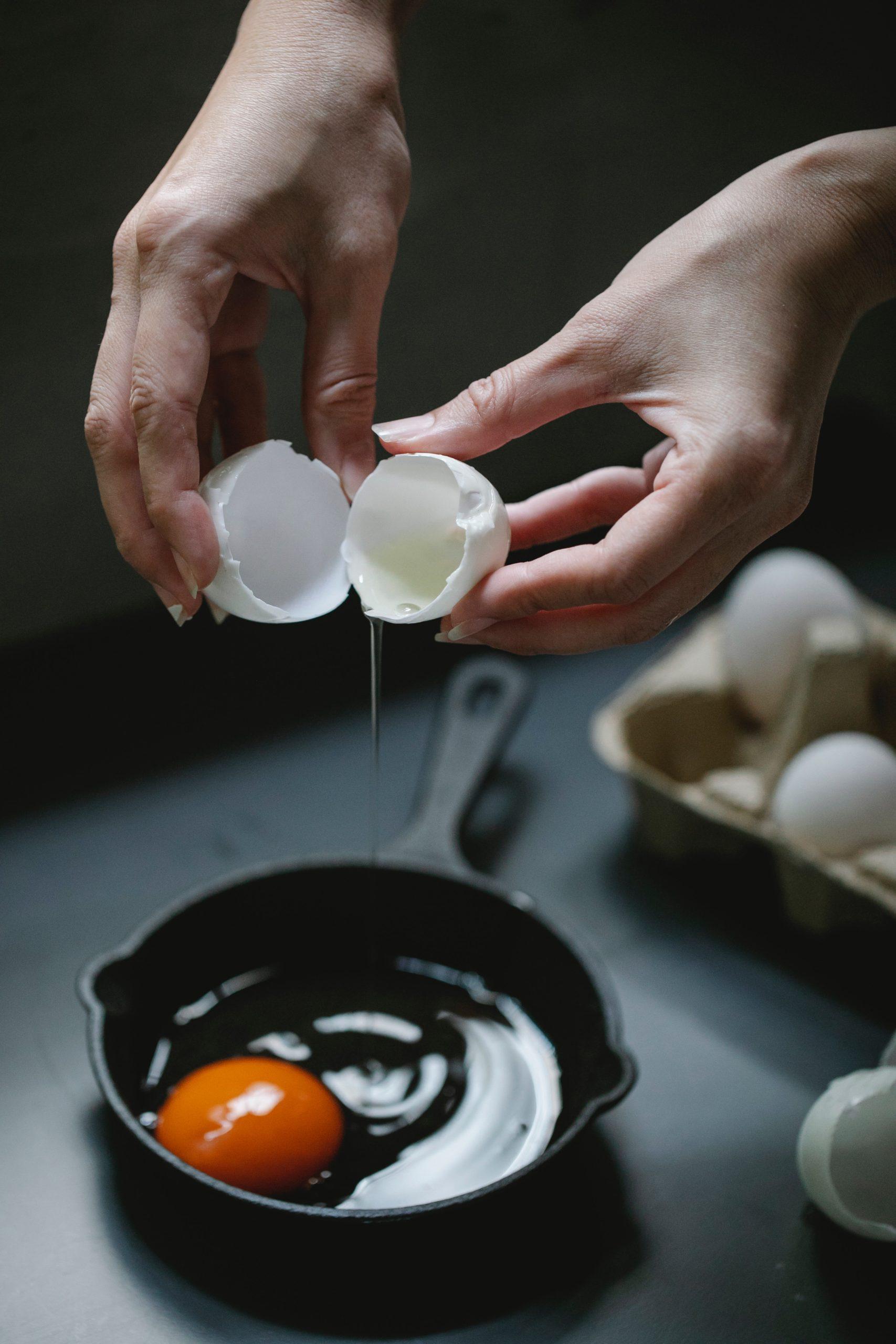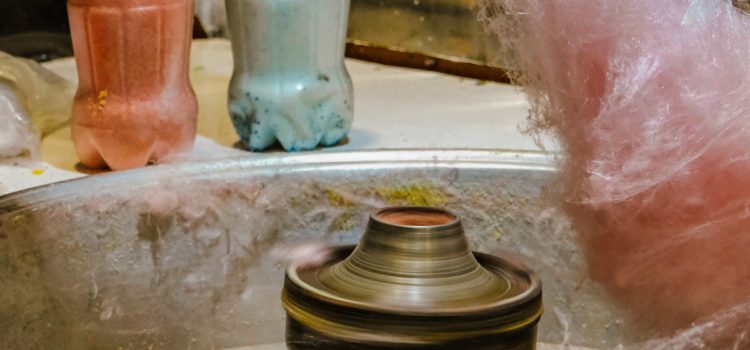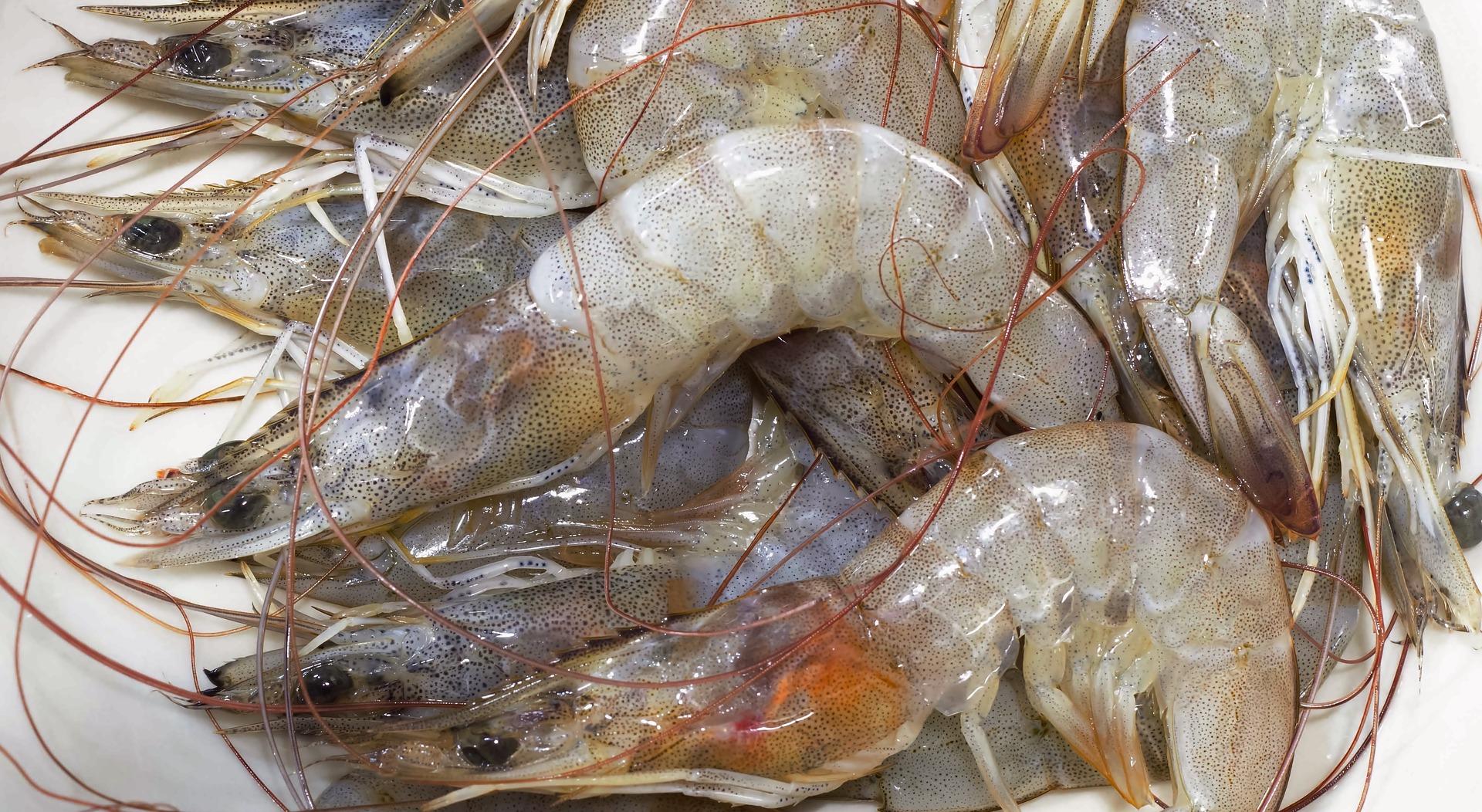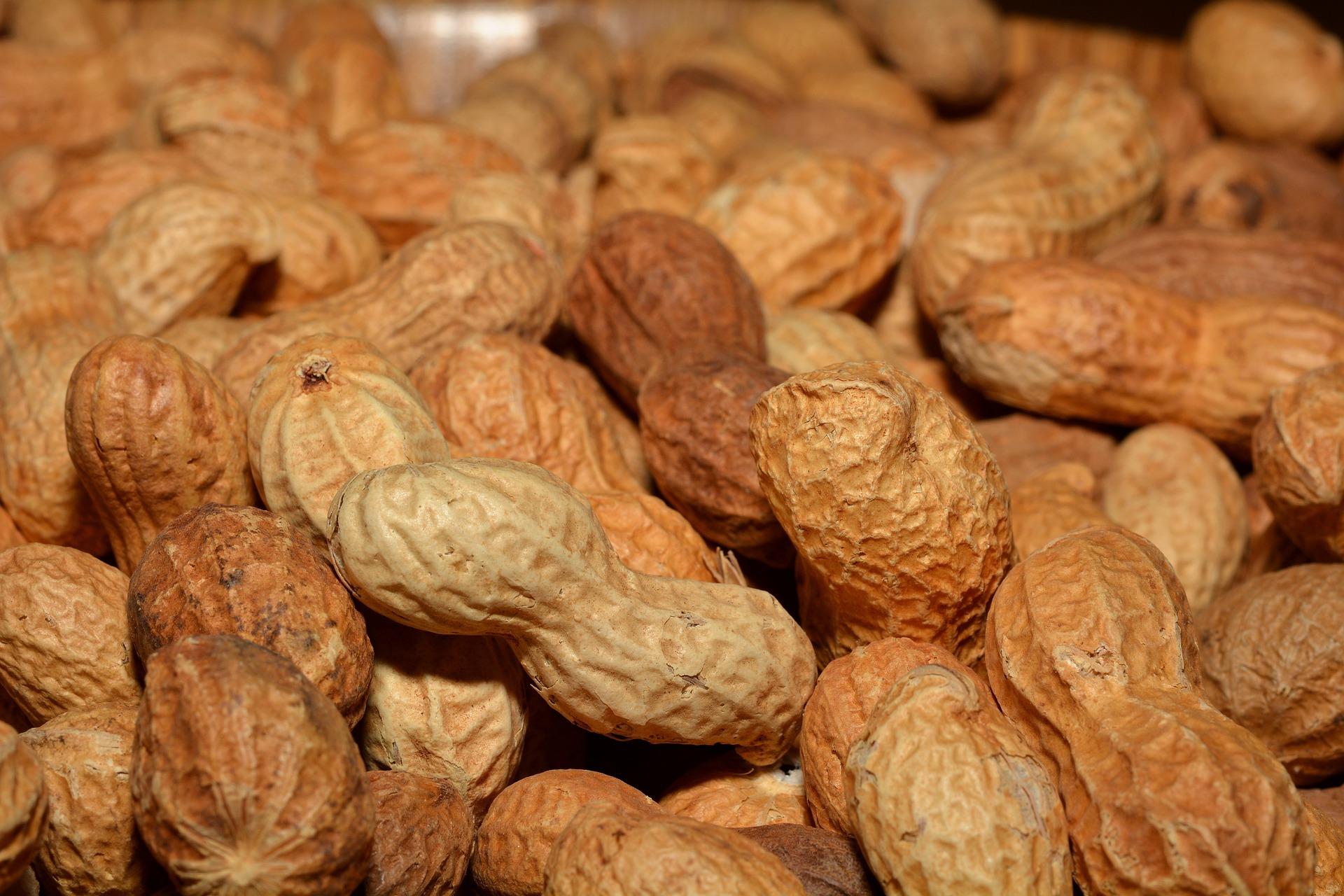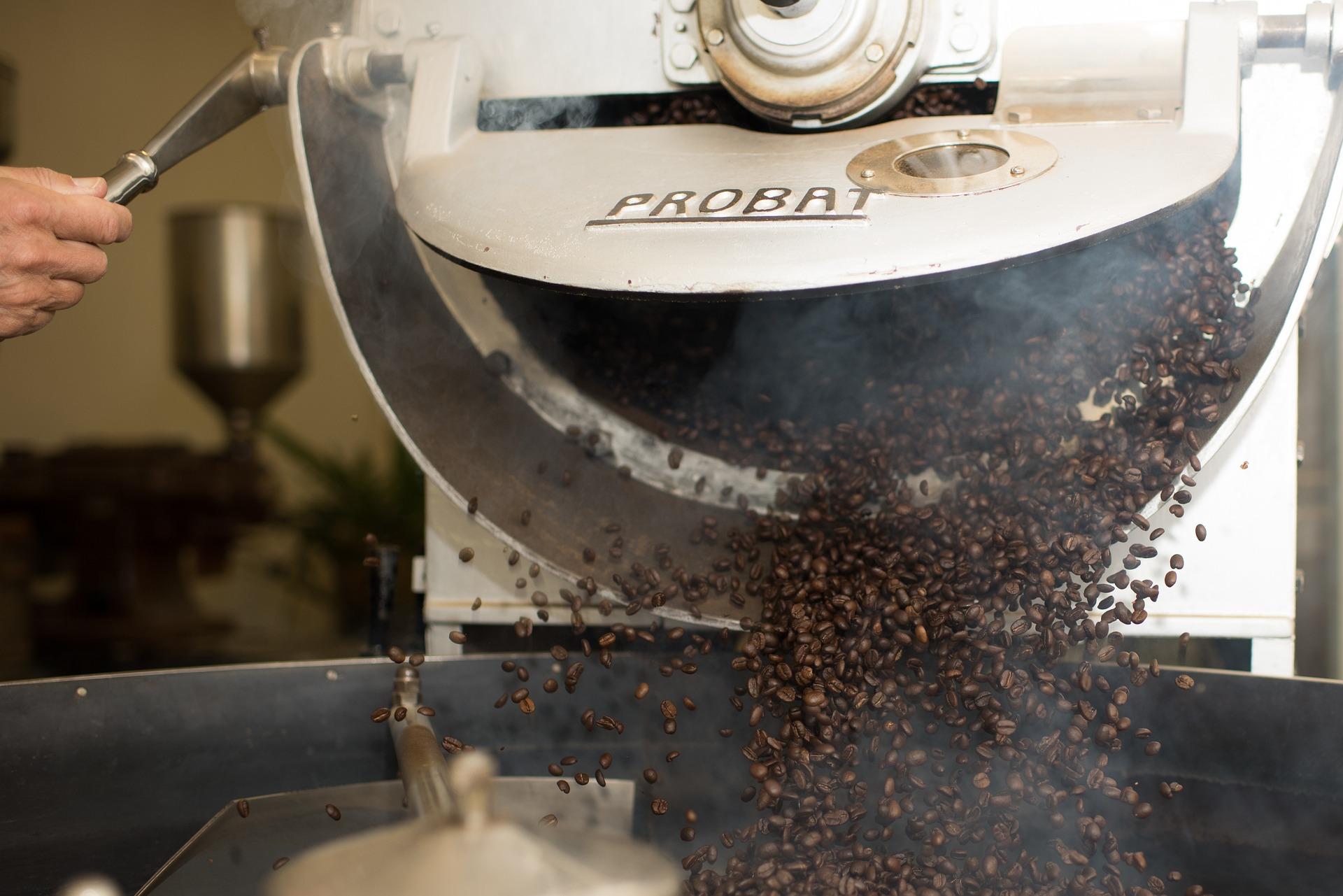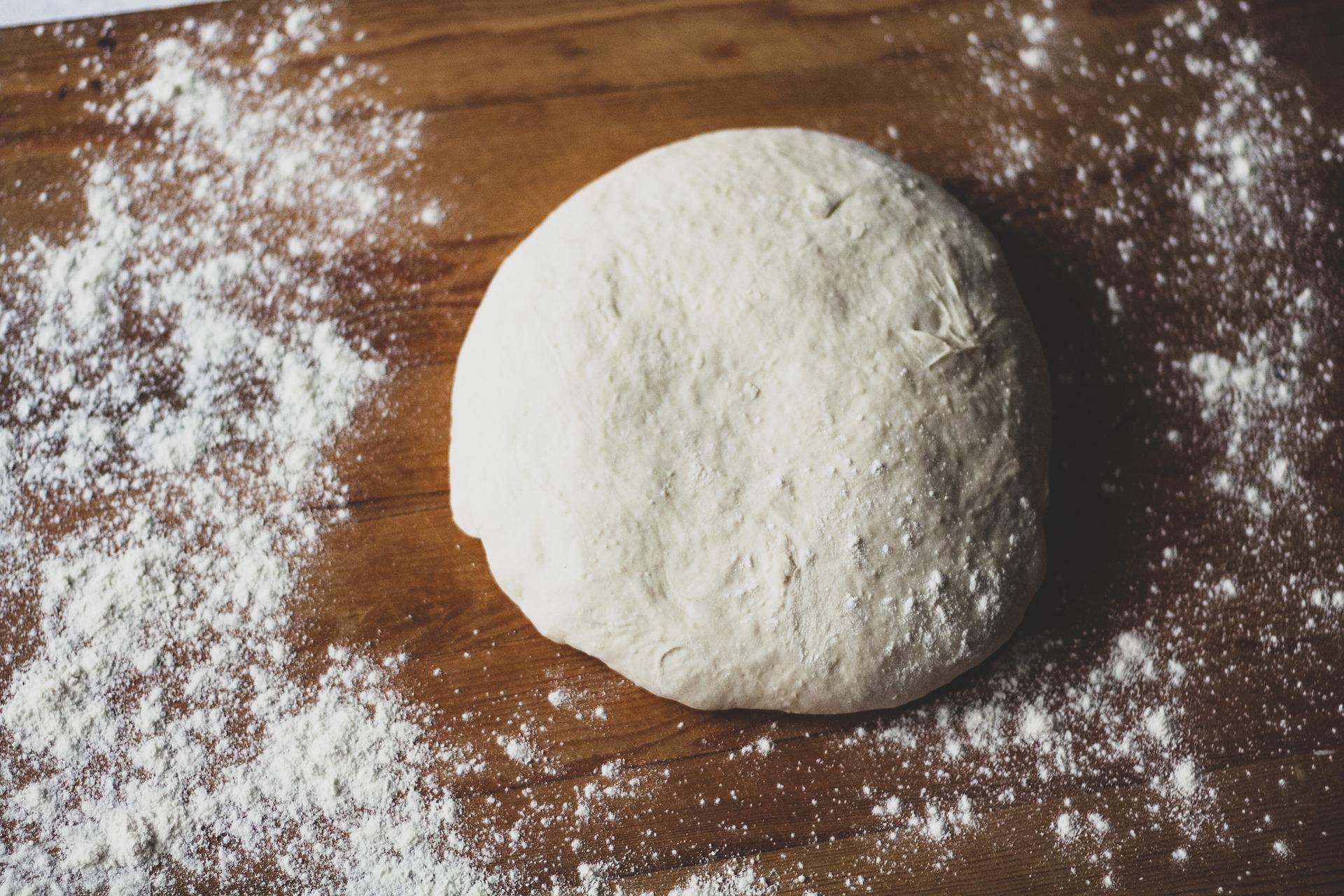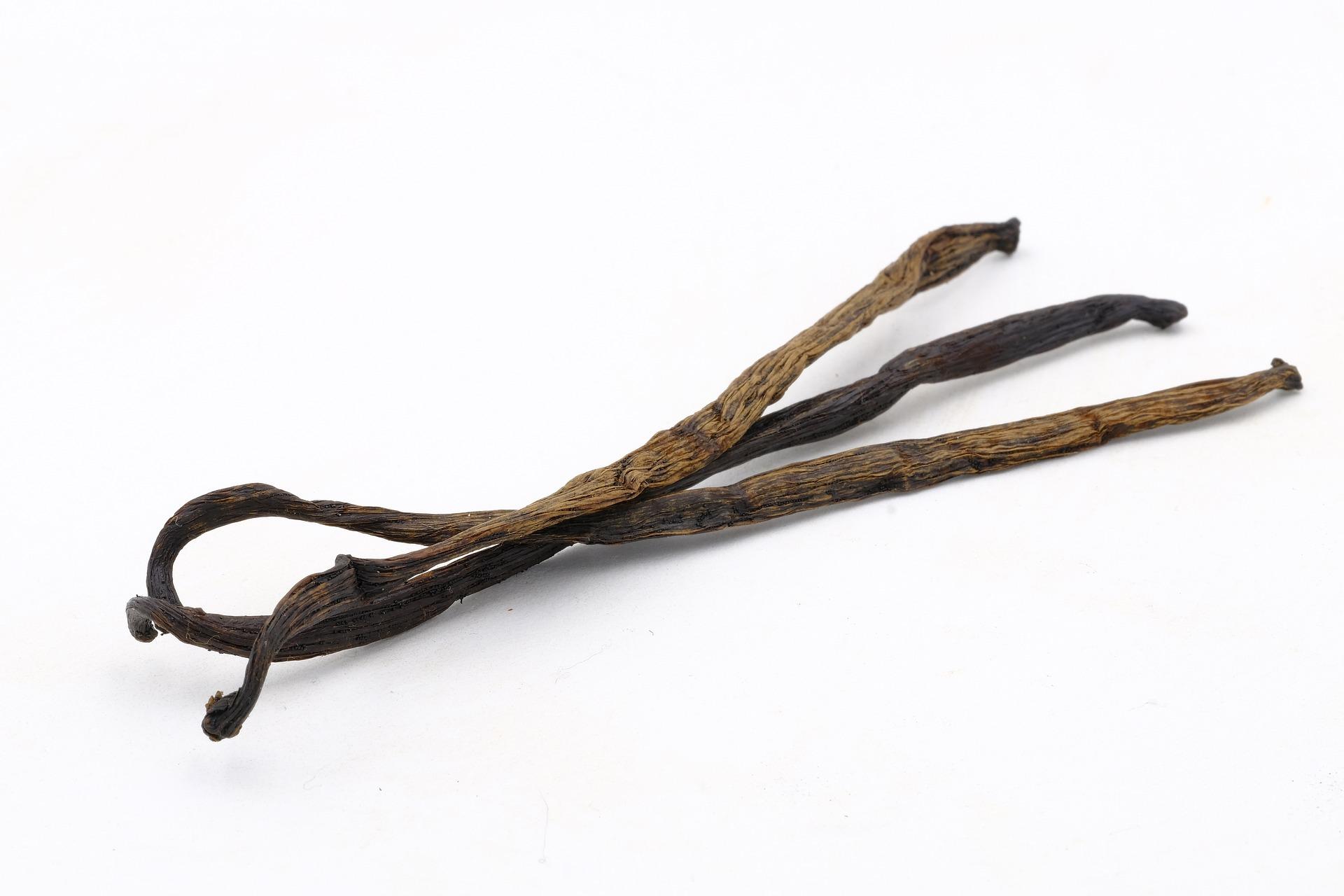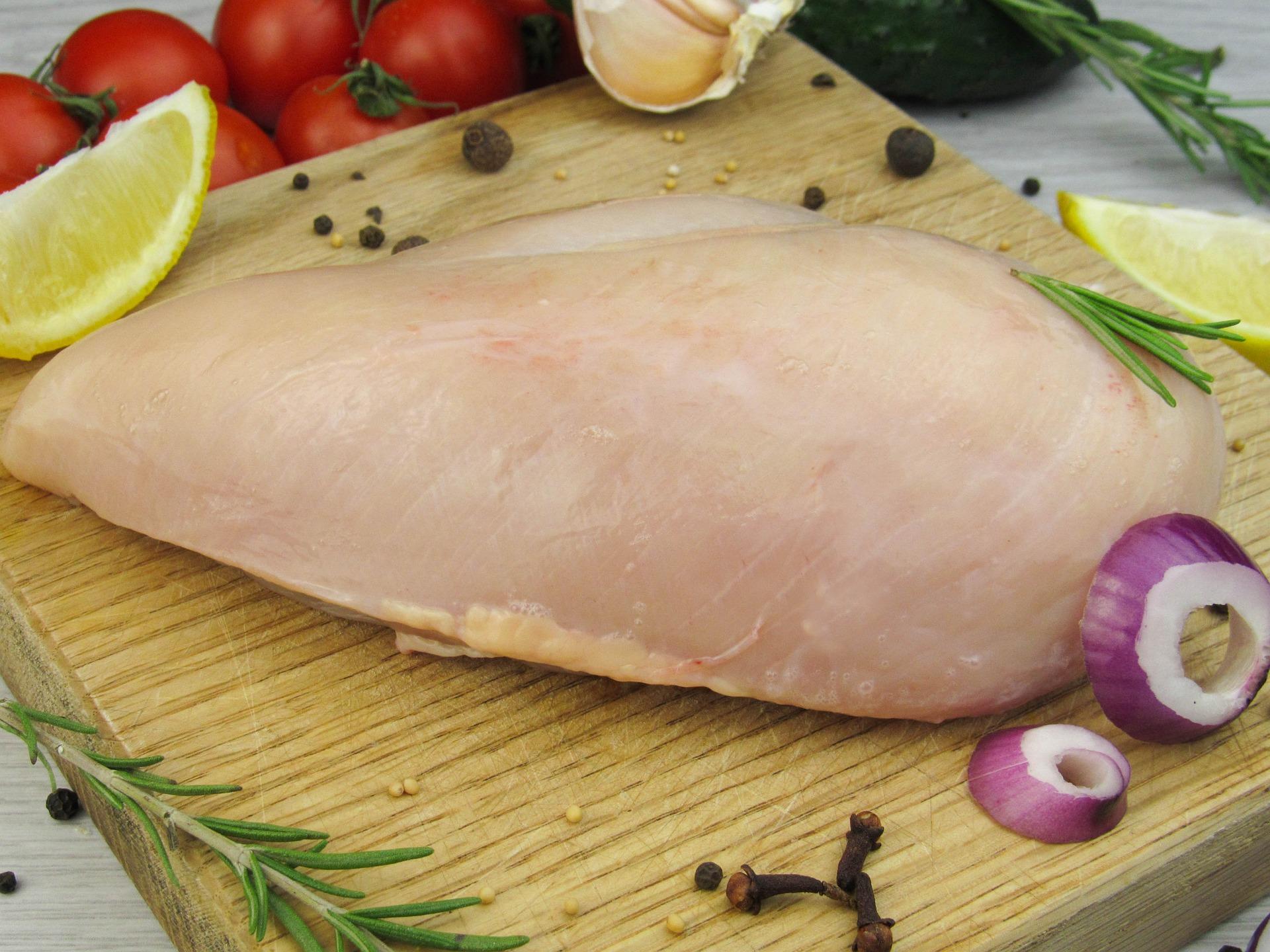Starch is classified as a polysaccharide, which is a type of carbohydrate consisting of multiple sugar molecules linked together. In the case of starch, these sugar molecules are primarily glucose units. The individual glucose units in starch are connected by glycosidic bonds, which are chemical bonds formed between the carbon atoms of adjacent glucose molecules. These bonds create long chains known as polysaccharides, mainly amylose and amylopectin.
The Key Difference Between Amylose and Amylopectin
